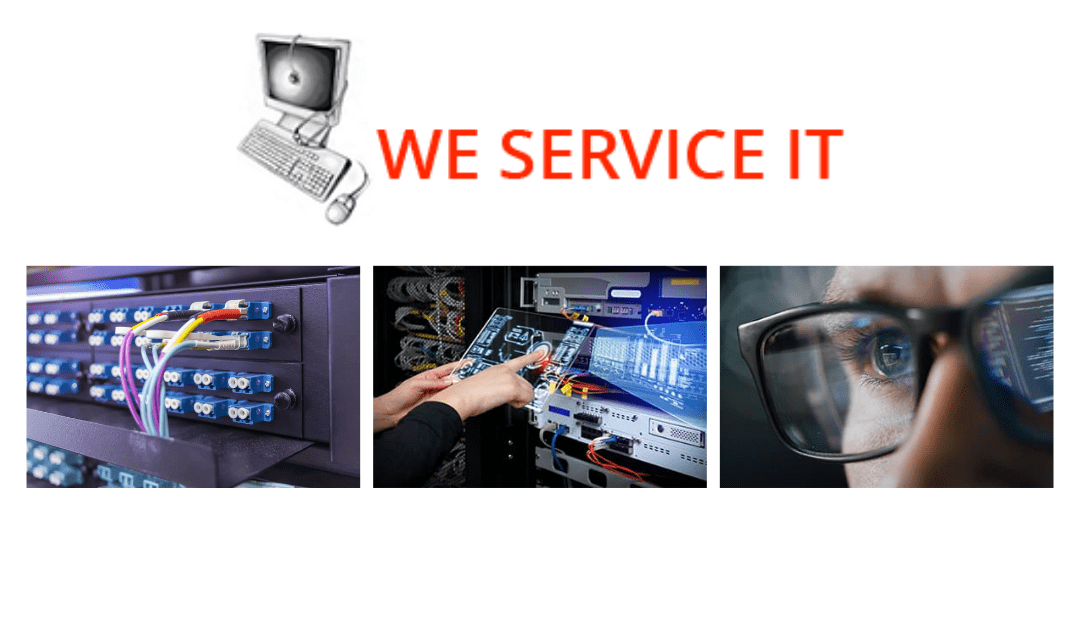
by Aptos Computer Services | Jan 17, 2025 | blog
Welcome to Aptos Computer Services, your trusted partner for all your IT needs right here in the heart of Santa Cruz. Whether you’re dealing with a stubborn virus, need reliable computer data recovery, or are in search of comprehensive IT solutions, we have your...

by Aptos Computer Services | Jan 9, 2025 | blog
In today’s fast-paced digital world, having a well-functioning computer is more important than ever. Whether you’re working, studying, or simply streaming your favorite shows, a glitchy computer can really throw a wrench in your plans. That’s why...

by Aptos Computer Services | Dec 27, 2024 | blog
Is your computer or laptop giving you trouble? Don’t let technical issues throw a wrench in your day-to-day activities. At Aptos Computer Services, we’re here to provide expert computer repair services that will have your devices working like new in no...

by Aptos Computer Services | Dec 13, 2024 | Uncategorized
Is your computer running slow or experiencing technical difficulties? Look no further than our expert computer repair services in Santa Cruz. Our team of skilled technicians is dedicated to providing fast and reliable solutions to get your device up and running in no...

by Aptos Computer Services | Dec 1, 2024 | blog
It’s frustrating when your computer acts up just when you need it the most. In the vibrant town of Santa Cruz, you’ll find friendly and efficient solutions to tackle those pesky problems you encounter daily. Whether it’s a slow startup, software glitches,...






